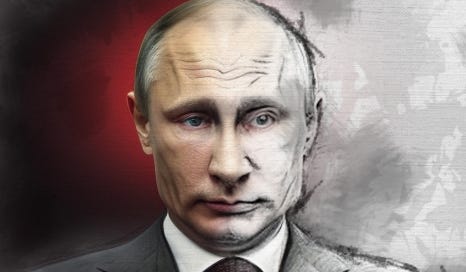Sizing Putin Up
How the current head of the CIA took the Russian leader’s measure 15 years ago
“Americans are often tempted to believe that the world revolves around us, our problems, and our analysis. As I learned the hard way, other people and other societies have their own realities, which are not always hospitable to ours. That does not mean that we have to accept or indulge those perspectives, but understanding them is the starting point for sensible diplomacy.”
That tribute to the power of perspective taking—aka cognitive empathy—comes from the book The Back Channel, by William Burns, who is now head of the CIA but spent most of his career in the State Department.
As regular NZN readers know, I consider Burns someone who didn’t just talk the cognitive empathy talk, but walked the walk. I’ve noted more than once—and as recently as three weeks ago—that in 2008, while ambassador to Russia, Burns warned the Bush national security team that encouraging Ukraine to seek membership in NATO would invite trouble from Russia. That warning was based on Burns’s assessment of Vladimir Putin’s psychology and of the way Putin was perceiving world events.
This week I want to look more closely at this exercise in cognitive empathy—in particular, at some common impediments to cognitive empathy that Burns overcame in sizing up Putin. These are impediments we all face when we try to understand what’s going on in other people’s heads.
I recognize that not everyone agrees with me that the warning Burns issued in 2008 was prescient—that if it had been heeded, Ukrainians might well now be living in peace. Many, perhaps most, US foreign policy elites say the NATO issue had little if anything to do with Putin’s decision to invade. At some point I’ll devote an issue of the newsletter to arguing that they’re wrong. Meanwhile, I think Burns’s appraisal of Putin is instructive regardless of how prescient you think the warning he issued was or wasn’t.
So here goes:



